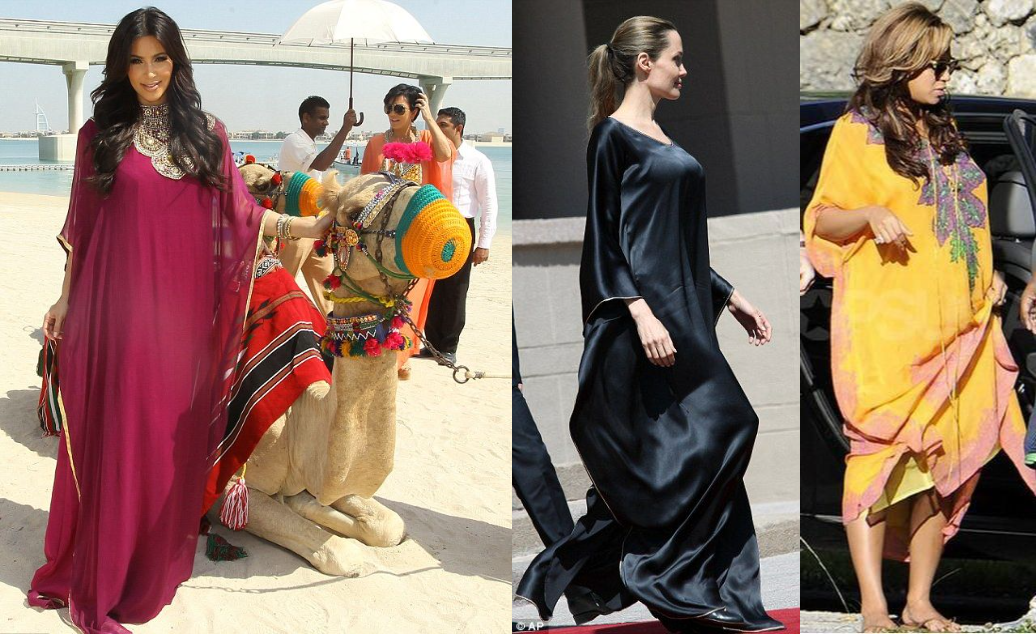The Moroccan caftan, a symbol of elegance and cultural heritage, has transcended its traditional roots to become a global fashion statement. This long, flowing garment, often adorned with intricate embroidery and beadwork, reflects Morocco’s rich history and artisanal craftsmanship.
Historical Significance and Craftsmanship
Originating in the 16th century, the Moroccan caftan was initially a garment of the elite, symbolizing status and refinement. Over the centuries, it has evolved, incorporating diverse fabrics, colors, and embellishments, yet it remains a staple in Moroccan culture, especially during significant events like weddings and religious celebrations. The creation of a caftan is a meticulous process, often involving months of hand embroidery, the incorporation of precious stones, and the use of luxurious fabrics, resulting in a masterpiece that embodies both tradition and modernity.
Global Appeal and Celebrity Endorsement
The allure of the Moroccan caftan has captivated international celebrities, further propelling its status in the global fashion arena. Notable figures such as Beyoncé, Paris Hilton, Kim Kardashian, Angelina Jolie, and Jennifer Lopez have been spotted donning Moroccan caftans, showcasing their versatility and timeless elegance. For instance, during a visit to Morocco, Beyoncé was seen wearing a traditional Moroccan caftan, highlighting her appreciation for the country’s cultural attire. Similarly, Kim Kardashian has been photographed in a Moroccan caftan, embracing the garment’s unique blend of comfort and sophistication. These endorsements have introduced the caftan to diverse audiences, blending Moroccan tradition with contemporary fashion trends.
Modern Interpretations and Fashion Events
Designers worldwide have embraced the Moroccan caftan, infusing it with modern elements while honoring its traditional essence. Fashion events such as the annual “Caftan” show in Morocco celebrate this fusion, where designers present innovative interpretations of the classic garment. These events not only preserve the cultural significance of the caftan but also adapt it to contemporary aesthetics, ensuring its relevance in today’s fashion landscape.
Cultural Preservation Through Fashion
The global popularity of the Moroccan caftan underscores the importance of cultural preservation through fashion. As designers and celebrities continue to embrace this traditional attire, they contribute to a broader appreciation and understanding of Moroccan heritage. The caftan serves as a testament to the country’s history, artistry, and the seamless blend of tradition with modernity.
In essence, the Moroccan caftan is more than a garment; it is a cultural emblem that has gracefully woven itself into the fabric of global fashion, symbolizing elegance, tradition, and the rich tapestry of Moroccan artistry.

